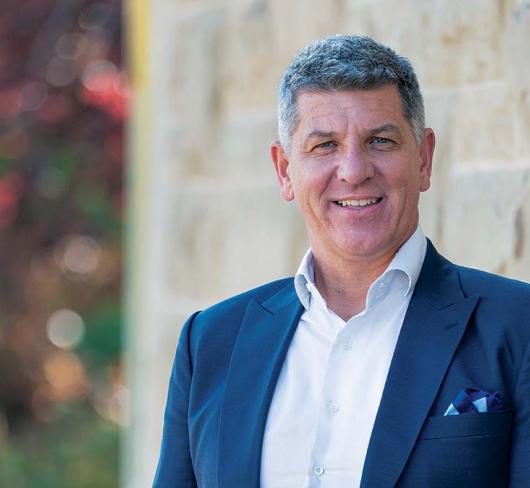
Assessment Strategies that Work
In The Last Lecture, college professor Randy Pausch writes that for him the “number one goal [of education] was this: I wanted to help students learn how to judge themselves . . . In the end, educators best serve students by helping them be more self-reflective.”1
This notion is alive and well at my school and in elementary schools across the province. Students need to be able to recognize their own strengths and weaknesses in the learning tasks we ask them to do each day (assessment as learning). Our job, then, is to continually assess student abilities and limitations to determine our next instructional steps (assessment for learning). We need to communicate that information to students and parents in an effective way that will move the learning forward (assessment of learning).
The most effective way that I have found to assess strategically and effectively is to use the backwards design model. When I taught grade 6, I used this process over and over again because it allowed me the flexibility to revise my plans and pacing to make sure I met my students where they were and moved them forward accordingly. The process allows teachers to reflect on their teaching, improve their practice, and deliver what students need precisely when they need it.
I began by looking at the curriculum and deciding on culminating tasks that would support the needs of all my learners. (Integrating different content areas was always a bonus!) I considered the skills and content that students would need to learn along the way in order to succeed at that final task and used the gradual release of responsibility to explicitly teach those skills and content. I made sure to create “checks for understandings” all along the way using white boards, talk time, and graphic organizers, and gave students lots of opportunities to practise. I created opportunities to assess students in multiple ways, including looking at what they produced, observing them at work, and having conversations with them. Strategies that I use regularly in my classroom include oral questions and answers, performance tasks, observations, conferences, and response journals.
In my current role as an Intermediate special education resource teacher, ongoing and meaningful assessment is even more important. Students and their parents need to feel proud of what students accomplish at school. It’s important for students to understand where they are strong and where they need to improve.
I have started using descriptive feedback that is linked to learning targets and success criteria. With lots of practice, students are able to use criteria posted on charts in the classroom to give their peers feedback and to use that vocabulary when they talk to me about what they are learning. This took a lot of time and effort, but it’s paying off in what they are able to achieve.
I’m currently working with my students (who are all identified as having learning disabilities and mild intellectual difficulties) to deconstruct, analyze, and then create DVD covers. We started by looking at many different examples to determine which were effective and why. Then we discovered what they all had in common. As a group, we co-created the criteria that all effective DVD covers have. Then students created their own DVD covers and used the criteria to understand what they needed to include. Once they were finished, they received feedback from their peers based on the success criteria. I asked students to focus on one successful thing (cheer) and one area that they felt needed improvement (challenge). Students read over all the feedback and decided on one cheer they were really proud of and one challenge (something that they would do differently), and went to work on another DVD cover.
My students love the opportunity to practise the same tasks again using peer and/or teacher feedback, instead of doing things only once for marks. Once they are comfortable with the product, I am more able to differentiate the content and the process. They learn what to expect, and they clearly understand what is expected of them each time.
There will always be bumps along the way and students will need interventions and accommodations in order to be successful. Clear, ongoing, and meaningful assessment means that young people know and understand what they are doing right so they repeat that over and over again. It means that they are really becoming life-long learners.
Note:
1 Pausch, Randy, and Jeffrey Zaslow. The Last Lecture (New York: Hyperion Books, 2008),page 112.

